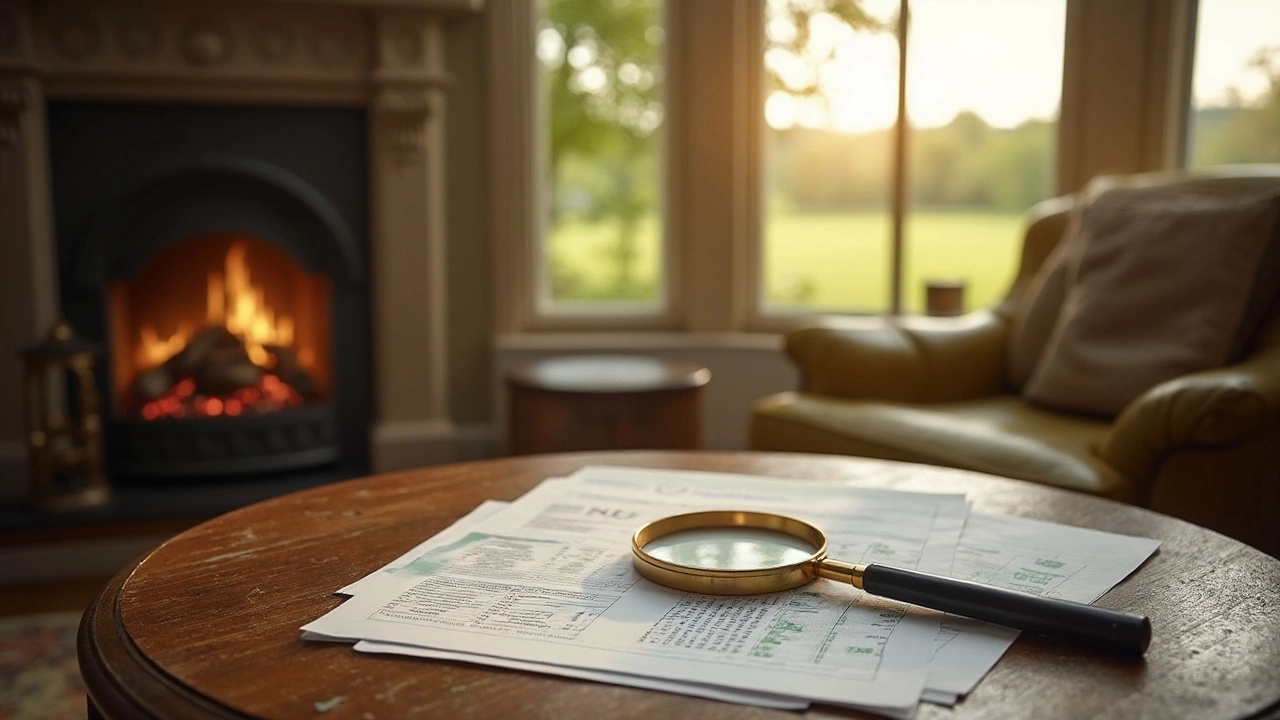Mortgage Payments: How They Work and How to Keep Them Low
If you’re paying a mortgage, you’ve probably wondered why the amount changes, what’s included, and if there’s any way to make it cheaper. The good news is that a mortgage payment is just a sum of a few predictable pieces, and most of them can be tweaked. In this guide we’ll break down each part, show you how to work out your exact monthly figure, and give you practical steps to shave pounds off the bill.
What Makes Up a Mortgage Payment?
The first thing to know is that a mortgage payment isn’t just the interest rate you saw advertised. It usually includes four parts:
- Principal – the amount you borrowed and are paying back.
- Interest – the cost of borrowing, expressed as a yearly rate but applied each month.
- Taxes – council tax or property tax that lenders collect and pass on to the local authority.
- Insurance – both homeowner’s insurance and, in many cases, mortgage‑payment protection insurance.
When you hear the term “PITI” (principal, interest, tax, insurance) it refers exactly to those four items. If you’re on a repayment‑only loan, you’ll see only principal and interest.
To calculate the basic principal‑and‑interest part, most people use a mortgage calculator. Plug in your loan amount, term (usually 25 or 30 years in the UK), and the annual rate. The calculator will give you a fixed monthly figure, but remember that taxes and insurance can change each year, so the total you actually pay may vary.
Smart Ways to Reduce Your Monthly Mortgage
Now that you know what you’re paying for, let’s look at how to lower the number on your statement.
1. Re‑check your interest rate. Lenders often adjust rates when the Bank of England changes its base rate. If your mortgage is on a variable or tracker rate, a recent rise could be the culprit. Call your bank and ask if a lower fixed‑rate deal is available – switching can save you hundreds each month.
2. Shorten the loan term. It sounds counter‑intuitive, but a shorter term means higher monthly payments but less interest overall. If you can afford a bit more now, you’ll finish the loan sooner and pay far less in total.
3. Increase your repayment frequency. Switching from monthly to weekly or fortnightly repayments reduces the interest accrued between payments. The math works out because you’re effectively making one extra month’s worth of payments each year.
4. Review taxes and insurance. Council tax bands sometimes change, and you might qualify for discounts if you’ve installed energy‑saving measures. Shop around for homeowner’s insurance – a cheaper policy with the same coverage can shave 10‑20% off that portion of your bill.
5. Consider remortgaging. If you’ve built up equity, a remortgage could let you move to a lower rate or release some cash. Use a remortgage calculator to see how much you’d save after fees. The right timing (usually when rates dip) can make a big difference.
Finally, keep an eye on the total cost, not just the headline rate. A deal that looks cheap on paper might have high arrangement fees or early‑repayment charges that eat into your savings.
Understanding each slice of your mortgage payment and taking a few proactive steps can turn a stressful monthly bill into a manageable part of your budget. Use a trusted mortgage calculator, stay on top of rate changes, and shop around for better terms – you’ll be surprised how much you can save without a major life overhaul.

Wondering if remortgaging can lower your mortgage payments? This article delves into how switching your mortgage deal might save you money. We'll explore interest rates, loan terms, and other factors that impact your payments. Plus, learn practical tips to help decide if remortgaging is right for you.
Read More